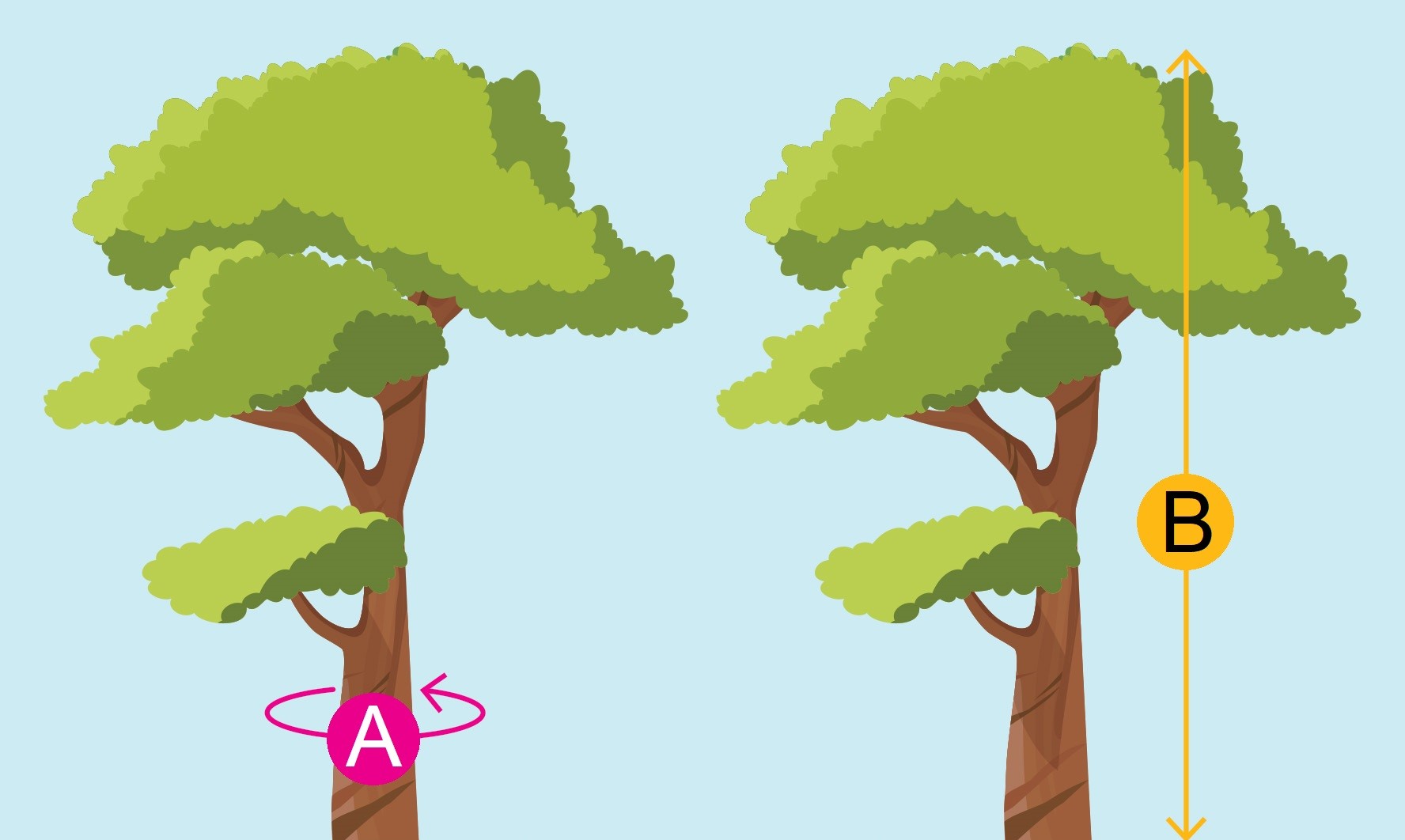Significant trees
These are outstanding trees identified as 'significant' because of their impressive size, age, rarity, ecological value or cultural and historical significance. They’re included on Boroondara’s Significant Tree Register and are currently protected under our Tree Protection Local Law.






